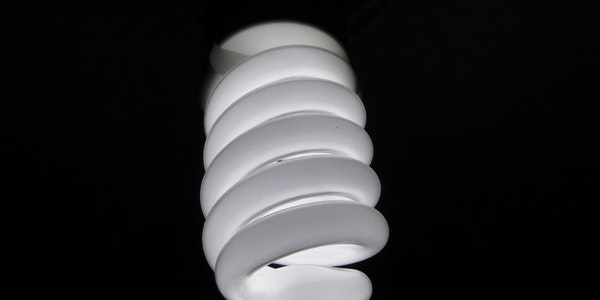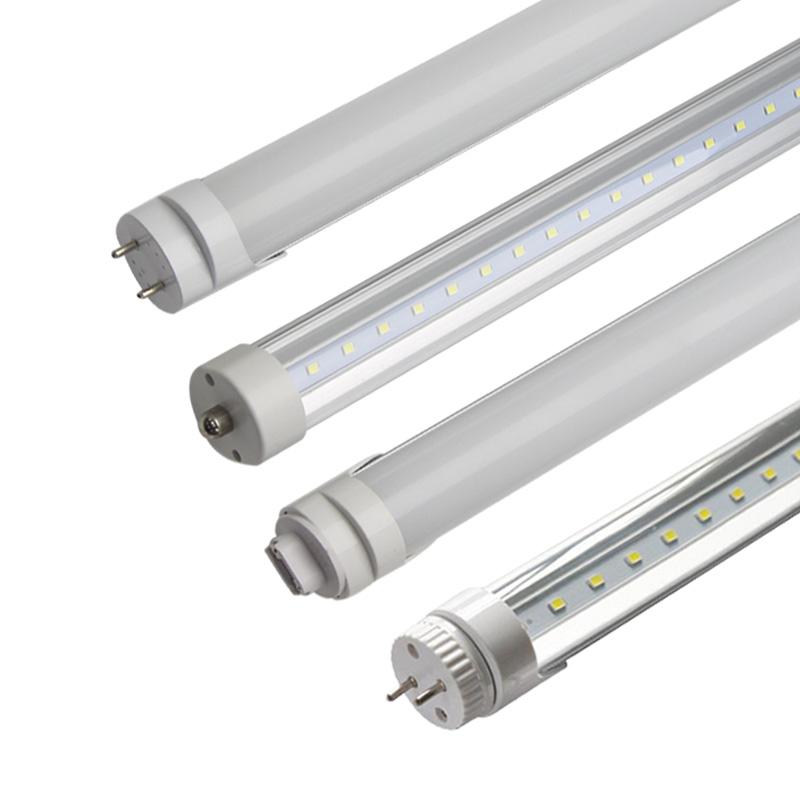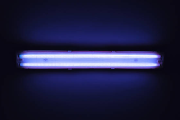Energy-saving lamps and fluorescent lamps should be recycled and reused
At present, all fluorescent lamps and tubes are discarded because they contain mercury in all parts of the world, so they are regarded as hazardous waste. These lamps include:
- ordinary fluorescent tubes and compact fluorescent lamps.
- High intensity discharge (HID) lamps, metal halide lamps, sodium lamps, mercury vapor lamps, etc. Common places for these lights are indoor and outdoor public places, gymnasiums, outdoor public areas that need floodlighting, and urban road lighting.
According to the regulations of the International Lighting and Electrical Association, since March 15, 2001, all fluorescent lamps, high-pressure gas discharge lamps and high-pressure sodium lamps must be recycled and reused, or brought to a hazardous waste recycling and treatment center, where professional waste treatment personnel (storage (Facilities or brokers) are responsible for recycling, and harmless treatment of heavy metals such as mercury and chlorine.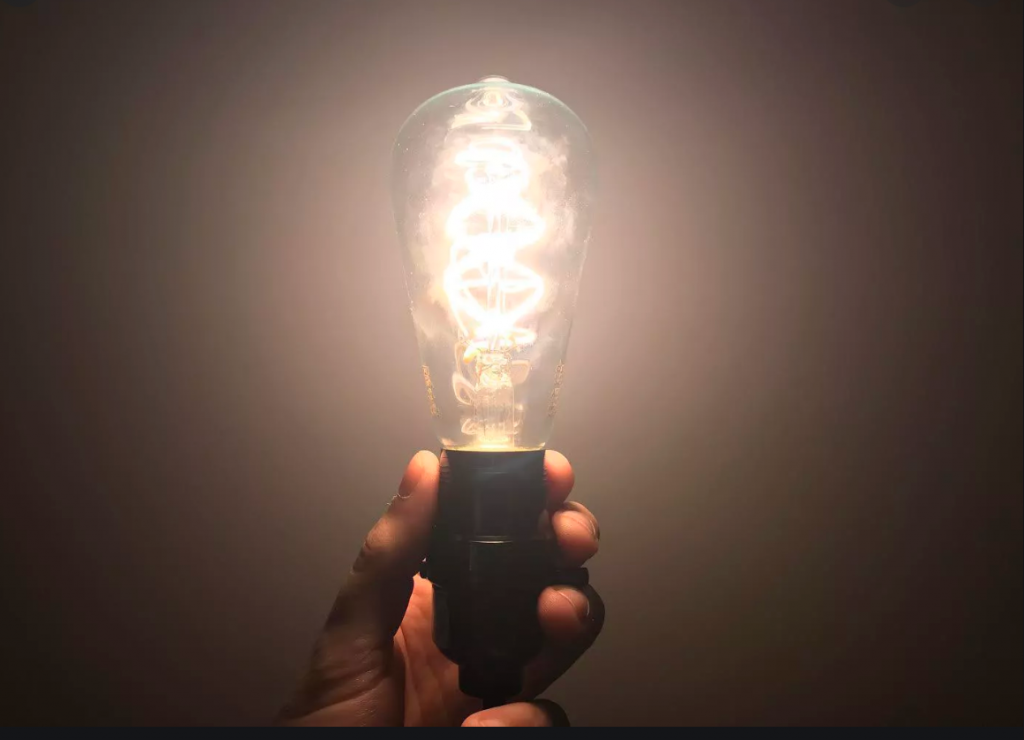
Lamps or tubes containing mercury need to be placed in special garbage bins and collected for special disposal, because lamps or tubes are easily broken, and mercury can cause long-term and serious damage to the environment. Mercury vapor will enter the air, enter the lungs through people’s breath, and then penetrate into the human blood and circulatory system, which will cause significant and irreversible damage to human health. If a person comes into close contact with a broken fluorescent lamp, the injury will be even greater. The mercury in damaged bulbs and tubes enters the natural environment with the washing of rainwater, which will pose a huge threat to the survival and growth of animals and plants. Therefore, such lamps must be strictly controlled and recycled by professionals.
According to the “Household General Waste Generation” report released by the International Lighting and Electrical Association in Brussels in October 2012, approximately 450 million fluorescent lamps were sold in the European Union and Southeast Asia in 2011, only 11% of these lamps are correctly and safely recycled.
How to recycle or safely dispose of fluorescent lamps
For families that only produce a small amount of waste lamps at a time, you can take the waste lamps to the household hazardous waste collection and treatment center, where professionals will concentrate on handling these hazardous wastes.
For companies, the environmental protection departments of the European Union, China, the United States and many other countries require companies to treat mercury-containing lamps as general waste for professional recycling management. The latest general waste regulations issued by California of the United States show that the state has cancelled the requirements for the hazardous waste list, but the allowed storage time shall not exceed one year.
Companies can use the professional recycling containers of bulb recyclers to contain waste fluorescent lamps, and they can also contact professional waste disposal personnel or authorized recycling companies for professional disposal.
Can fluorescent or energy-saving lamps be broken?
The answer is no. When storing and transporting fluorescent lamps and tubes, please pack them carefully. Don’t pack the tubes directly together. Instead, store fluorescent lamps and energy-saving lamps in their original boxes or other protective packaging. Protective measures should also be taken during transportation. Fluorescent tubes should be stored in a dry environment, so that if they break, the mercury in the tubes will not be washed into the natural environment by rain.
In 2018, the European Union monitored that the mercury content in its territory increased by about 288kg. It was found that it was caused by the damage of the lamp during storage and transportation and the failure to do harmless treatment in time. The monitoring data of the European Union Environment Agency showed that the European Union Nearly 66 million discarded fluorescent tubes are produced every year. The mercury content of these lamps exceeds half a ton. The European Union has also monitored high levels of mercury in urban rainwater sediments, partly due to incorrect recycling of discarded fluorescent lamps.
Fluorescent lamps and general waste
The “Hazardous Waste Law” of the European Union specifies a type of hazardous waste called “general waste”, including many items such as cathode ray tubes, fluorescent lamps, mercury-containing instruments, fluorescent tubes and batteries. All general waste must comply with the corresponding disposal requirements or regulations. Generally speaking, general-purpose waste cannot be directly discarded in solid waste landfills, otherwise, it will still cause environmental disasters.
Before June 12, 2002, the EU’s “General Waste Law” allowed households and a small number of companies with conditional exemptions to throw fluorescent lamps, batteries, mercury thermostats, and electronic devices into the trash can. Local garbage companies or other organizations prohibit these items from being thrown into the trash can at any time after that. Disposers of wastes, large or small, must transport their general-purpose waste to another disposer, a general-purpose waste transfer station or recycling station for processing.
Why use fluorescent tubes?
Fluorescent lamps are an energy-saving alternative to incandescent lamps for well-known reasons:
Energy saving three to four times.
The use cost is lower.
Reduce greenhouse gas emissions and other pollution.
The service life is ten times longer than that of standard incandescent bulbs.
What to pay attention to when buying fluorescent tubes
Light efficiency, that is, how many lumen can be output per watt
long lifespan–Does the design rated life span reach 20,000 hours? (When not in use, turn off the light to extend the life of the light and save energy.)
The mercury content is minimized. (Low mercury lamps also need to be recycled or safely disposed of!)
Does the manufacturer or supplier have recycling measures.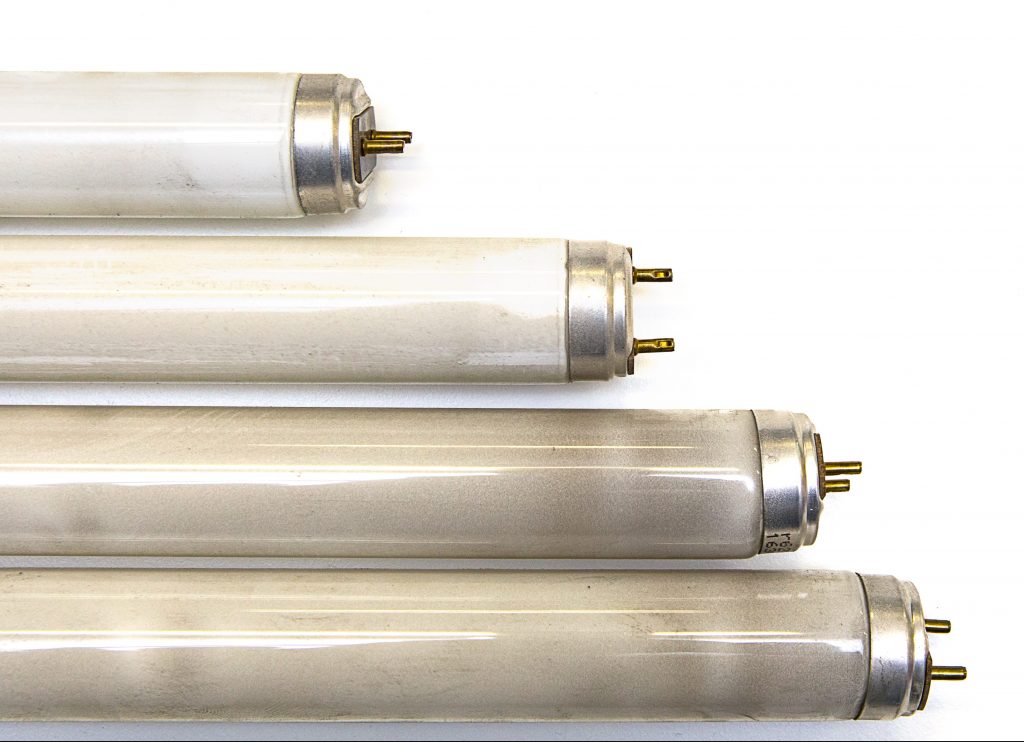
How to clean a damaged lamp
Do not use a standard vacuum cleaner in the household or in the case of a small amount of damage! Do not use ordinary residential vacuum cleaners and commercial floor vacuum cleaners. (If you want to use a vacuum cleaner to clean the broken fluorescent lamp, you can only use a vacuum cleaner specially designed for hazardous waste.)
When cleaning a broken fluorescent lamp, wear latex gloves and carefully clean up the debris, instead of using a vacuum cleaner. Wipe the area with a wet paper towel to remove all glass fragments and related mercury, and the wet paper towel after wiping should not be discarded at will, and should be handled properly.
Keep everyone and pets away from the area to avoid spreading mercury-containing debris and powder.
Keep the area well ventilated to disperse mercury vapor.
After cleaning, put all the debris and cleaning materials in a sealed plastic bag and recycle with the complete bulb. Finally, wash your hands.

